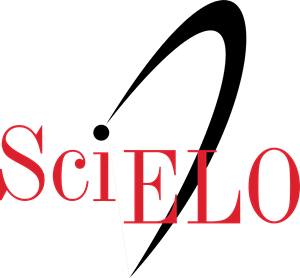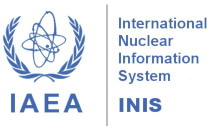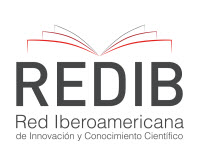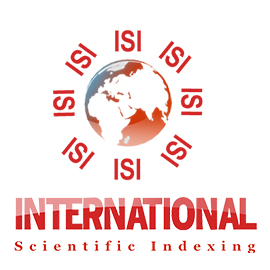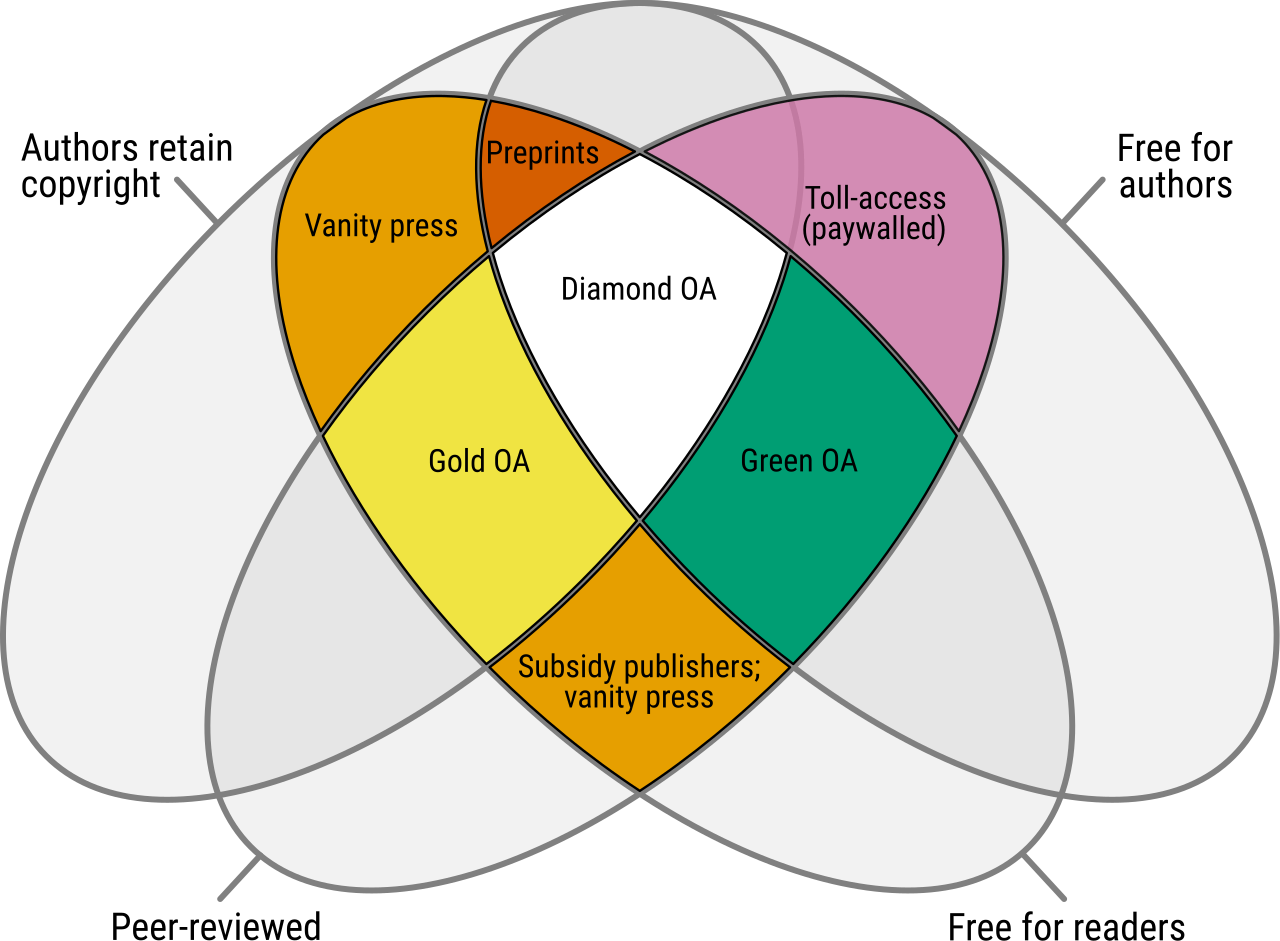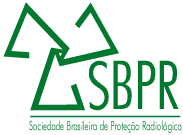New article published in 12(4A) - ENAN / INAC 2024
Analyzing gamma irradiated Spectrolite in relation to the photo-transfer TL and OSL effects
Abstract: Thermoluminescence (TL) and optically stimulated luminescence (OSL) are two techniques based in the luminescence phenomenon. They can be applied to study the response of materials which present the property of emitting light after the steps of irradiation and subsequent stimulus, that can be thermal (in the case of TL) or optical (OSL). These materials may also be capable of exhibiting phototransfer effect in their response, and this characteristic can be observed through the TL photo-transfer (PTTL) and OSL photo-transfer (PTOSL). The purpose of this work was to verify the presence of the PTTL and PTOSL responses on the Spectrolite material, after irradiation with gamma source (60Co) and illumination with LEDs (wavelengths in the UV region), for application in gamma radiation dosimetry. For this, the signal of Spectrolite samples was studied in relation to their TL/PTTL and OSL/PTOSL responses by means of three steps: 1) irradiation and measurement of TL and OSL responses; 2) irradiation, post-irradiation thermal treatment (PITT) and measurement of TL and OSL signals; and 3) irradiation, PITT, illumination with LEDs and measurement of PTTL and PTOSL signals. The results obtained showed the presence of photo-transfer effect in the PTTL response, but not in the PTOSL response; this fact demonstrates the need for further studies to verify the PTTL and PTOSL responses, with variations in the wavelength of light and the illumination time. For application of this material in gamma radiation dosimetry, these other studies are needed. Read full article.
Impact of Electron Beam on PBAT/PLA (Ecovio) Bags by Raman spectroscopy and Thermogravimetry
Abstract: Biodegradable polymers are compounds derived from renewable sources, such as biomass and organic components. They emerge as a promising alternative to reduce the environmental impact of traditional petroleum-derived polymers. These polymers have physico-chemical characteristics that allow faster degradation compared to conventional polymers, significantly reducing the time of residence in the soil and its negative impacts on the environment. Ecovio®, a sustainable and advantageous alternative, is composed of an aliphatic-aromatic copolymer Ecoflex® and polylactic acid (PLA), both biodegradable. Its formulation includes non-stick and slip agents to facilitate the processing of extrusion films. Romapack produces biodegradable bags with 55% PBAT (poly (butylenoadipate co-terephthalate)) and 45% PLA (polylactic acid) (Ecovio). In partnership with IPEN, these bags were irradiated with ionizing radiation of electron beams at absorbed doses of 25, 50 and 100 kGy to investigate possible improvements in their structure and time of degradation. Raman and thermogravimetric spectroscopy analyses were performed to observe possible changes in the polymeric chains of Ecovio bags at different doses. Thermogravimetry showed the variation of mass loss in relation to temperature and/or time, revealing improvements in relation to thermal stability. The results indicate that PLA(polylactic acid) is more susceptible to degradation compared with PBAT(poly(butylene adipate co-terephthalate)). Ionizing radiation has modified the properties of Ecovio® and expanded its range of applications, this contributes to the creation of more environmentally friendly products, as degradation contributes to their biodegradability. Read full article.

